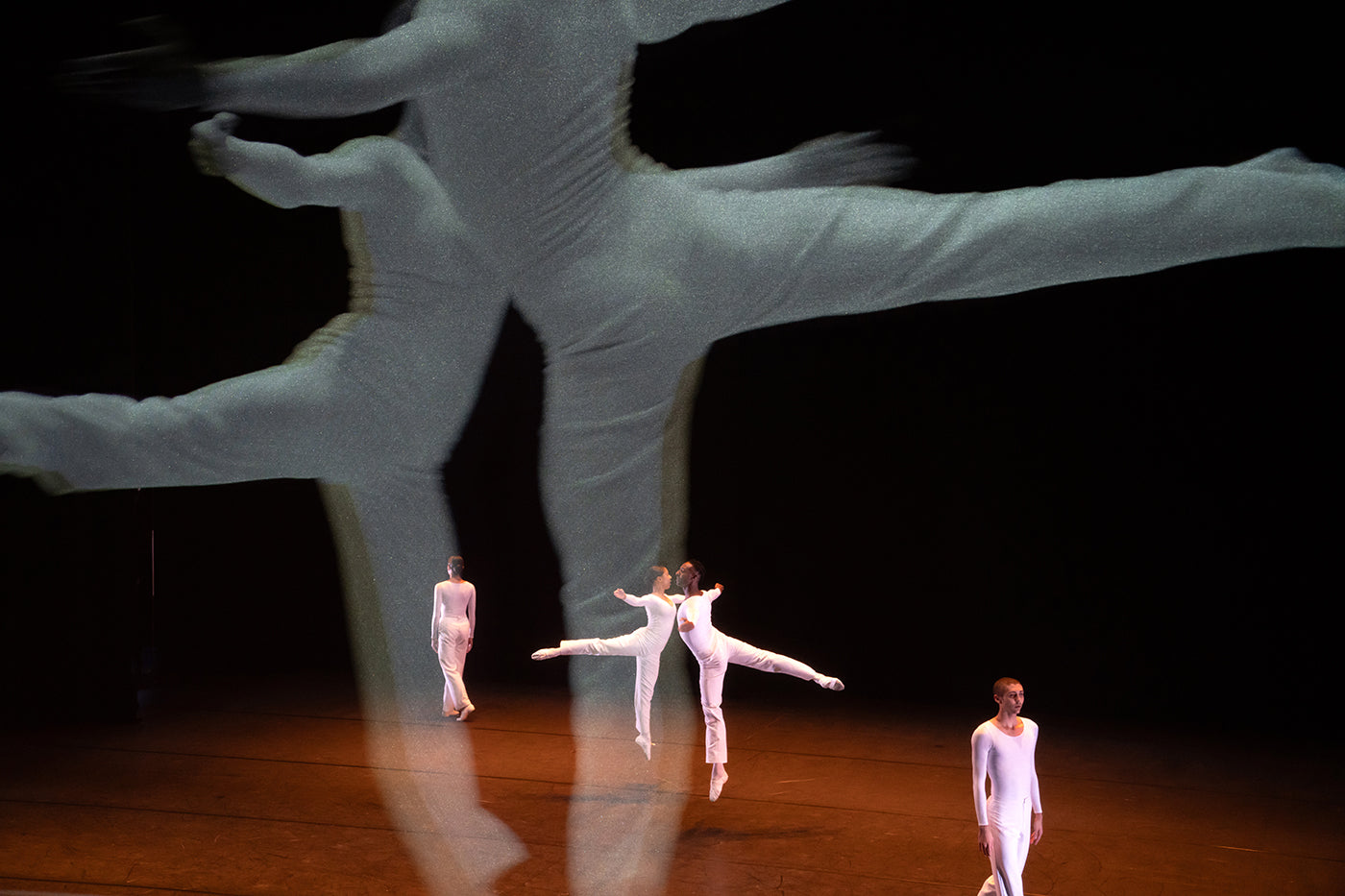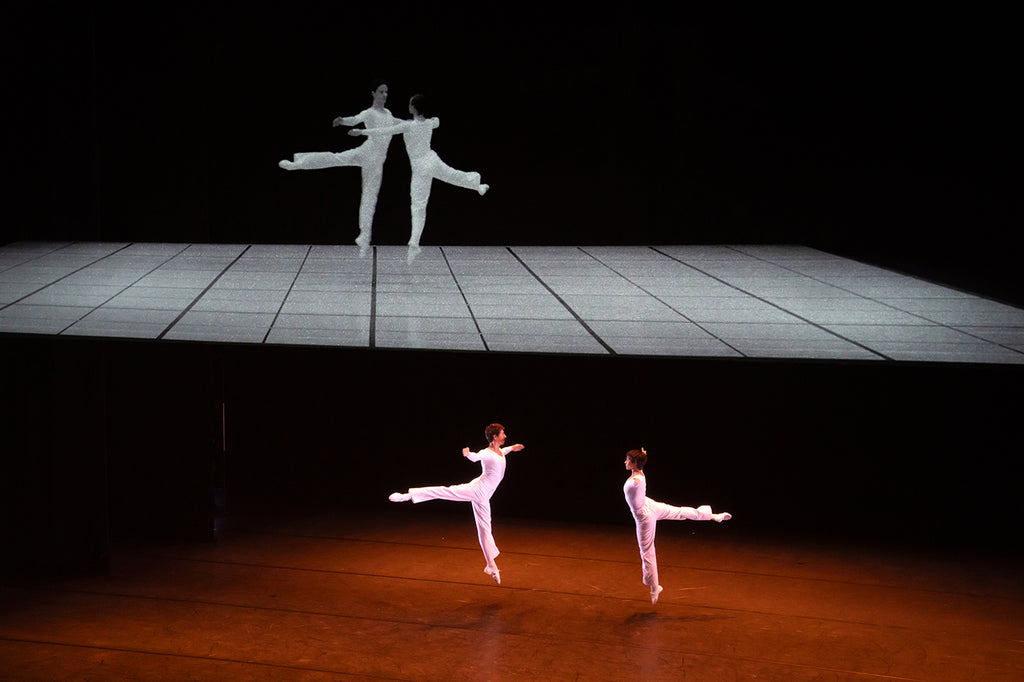Serata William Forsythe
This program of three works by William Forsythe set to the music of James Blake has special meaning for La Scala Ballet.
Plus
World-class review of ballet and dance.
What is dance?” is a question posited by postmodern choreography, and postmodern choreographers generally seek to answer it through means as far away from conventional notions of dance as possible. Classical codifications are often eschewed, along with formal training and any vestiges of performativity—including music, costumes, makeup, sets, lighting, and stages. Process is prized over product. Practitioners of the Judson Dance Theater, who formed the postmodern dance movement in Greenwich Village in the early 1960’s, frequently sought out pedestrians and tasked them with mundane activities like squeezing oranges or reciting addresses. Choreographer Lucinda Childs emerged from this scene. In a 1964 solo she made for herself, she sat on a stool with a colander on her head and stuffed her mouth with hair rollers and kitchen sponges.
Performance
Place
Words



“Uncommonly intelligent, substantial coverage.”
Your weekly source for world-class dance reviews, interviews, articles, and more.
Already a paid subscriber? Login

This program of three works by William Forsythe set to the music of James Blake has special meaning for La Scala Ballet.
PlusUshering in the ninth season of Dance at the Odyssey, which takes place January 8–February 16 at the Odyssey Theatre Ensemble and features a number of cutting-edge choreographers and world premieres, curator, producer and festival co-founder Barbara Müller-Wittmann adores her job.
PlusAround this time of year, we can all use a little cheer. The early darkness, the cold, the state of the world alone can send one into a spiral.
PlusWill Tuckett’s new production of the “The Nutcracker” for the National Ballet of Japan serves up a holiday feast for the senses. Sweetly invigorating, it’s also a warm toddy for the soul. From start to finish, Tuckett’s “The Nutcracker” is truly a dream.
Plus
comments